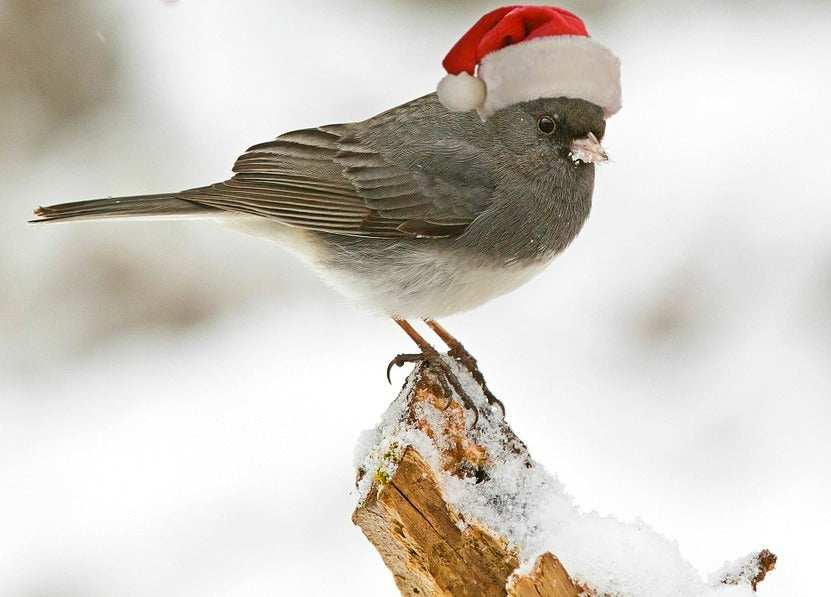Offer
Provide additional details about the offer you're running.
Provide additional details about the offer you're running.
Provide additional details about the offer you're running.

Well, it is that time of year again; hot cocoa, shopping, warm jackets, jingle bells and bird counts. Each and every year for the last 117 years, the National Audubon Society holds its annual citizen-driven Christmas Bird Counts in the weeks leading up to Christmas and into the month of January.
Kicked off back in 1900 by the late ornithologist Frank M. Chapman, what was then referred to as the “Christmas Bird Census”, was implemented in an attempt to tally bird sightings across various locations using tallied “counts”. The initial Christmas count ended up comprising of 27 birders across 25 different bird counts. Locations of the original counts ranged from as close to home as Toronto and as far as Pacific Grove, just outside of picturesque Monterey, California.
All said, 90 species were tallied during the inaugural count and what was birthed was perhaps one of the largest citizen science projects in the history of wildlife conservation. In fact, the Christmas Bird Count data was used to compile Audubon’s 2014 Climate Change Report, outlining how climate change could affect the range of 588 North American bird species.
The data has also been utilized to construct a number of other reports such as the 2009’s State of the Bird’s compiled by both the U.S. Fish & Wildlife Service and the American Bird Conservation Initiative and the Environmental Protection Agency’s 2012 Climate Change Report.
So you want to take part in a Christmas Count in your area? Great!
All Christmas Counts will take place between December 14 and January 5, and each count takes place within an established 15-mile wide diameter circle, which is managed by a count compiler. The nice thing about this is that even inexperienced or first-time birders will have the opportunity to join a group that comprises at one experienced bird watcher, in the very least.
These counts follow specific routes through the designated circle, as volunteers tally any and all birds spotted during the day.
The program is funded 100% on donations and volunteer work. To find out where the closest circle to you is, consult the Audubon’s interactive map and get in contact with your count compiler today!
High Quality Blend